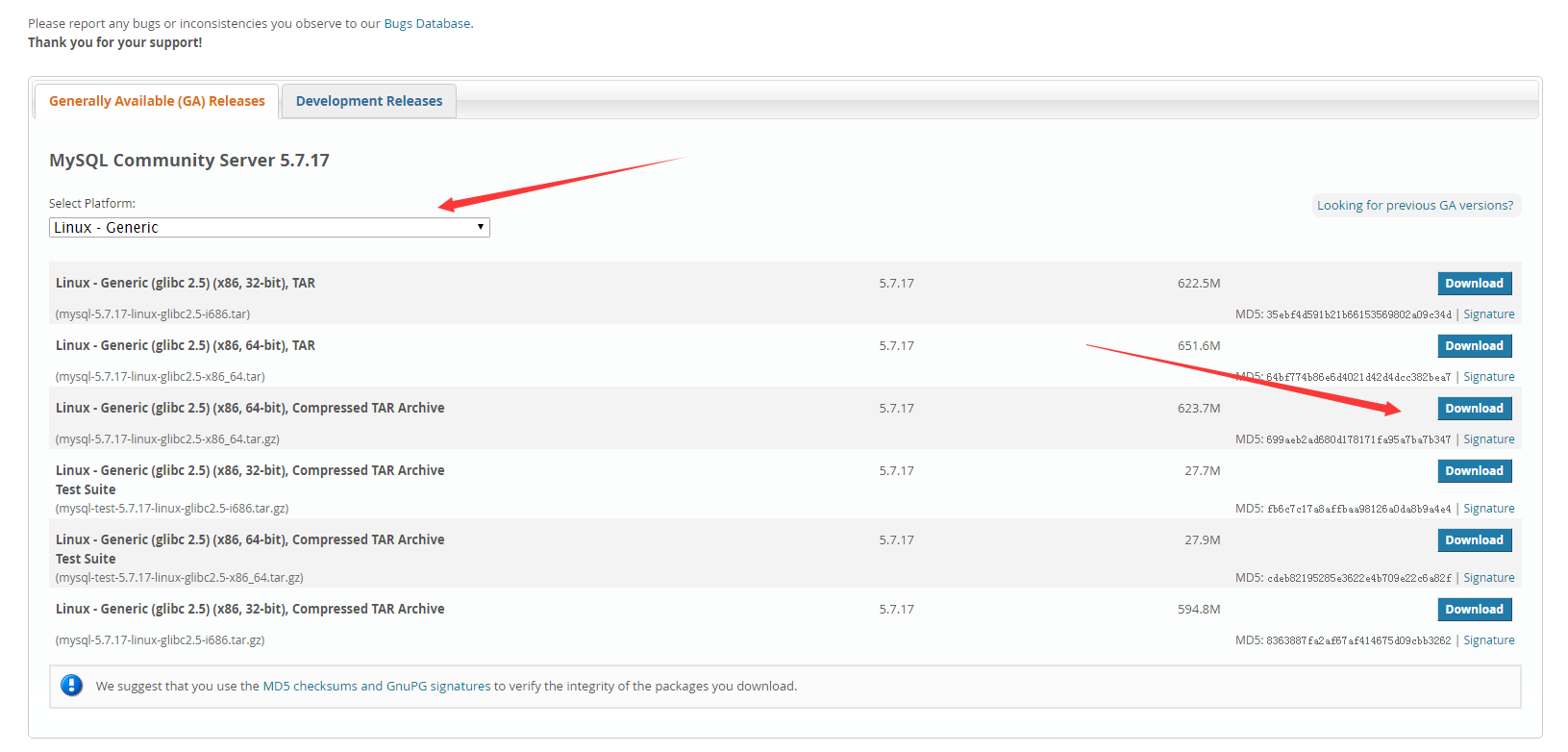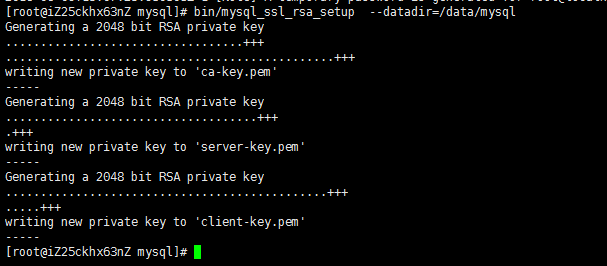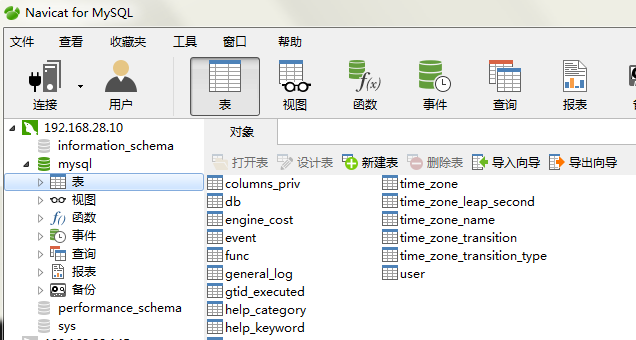1系统约定 安装文件下载目录:/data/software Mysql目录安装位置:/usr/local/mysql 数据库保存位置:/data/mysql 日志保存位置:/data/log/mysql
2下载mysql 在官网:http://dev.mysql.com/downloads/mysql/ 中,选择以下版本的mysql下载:

执行如下命名: #mkdir /data/software #cd /data/software
--下载安装包
--建议:在windows上使用迅雷下载,速度很快(我的是1M/s),然后用工具(Xftp)上传到 /data/software目录下; #wget http://dev.mysql.com/get/Downloads/MySQL-5.7/mysql-5.7.17-linux-glibc2.5-x86_64.tar.gz
3解压压缩包到目标位置
#cd /data/software
--解压压缩包
#tar -xzvf /data/software/mysql-5.7.17-linux-glibc2.5-x86_64.tar.gz
--移动并修改文件名
#mv /data/software/mysql-5.7.17-linux-glibc2.5-x86_64 /usr/local/mysql
4创建数据仓库目录
--/data/mysql 数据仓库目录 # mkdir /data/mysql
#ls /data/

*5新建mysql用户、组及目录 *# ---新建一个msyql组 # useradd -r -s /sbin/nologin -g mysql mysql -d /usr/local/mysql ---新建msyql用户禁止登录shell
6改变目录属有者
#cd /usr/local/mysql #pwd #chown -R mysql . #chgrp -R mysql .

#chown -R mysql /data/mysql
*7配置参数 *# bin/mysqld --initialize --user=mysql --basedir=/usr/local/mysql --datadir=/data/mysql

此处需要注意记录生成的临时密码,如上文结尾处的:YLi>7ecpe;YP #bin/mysql_ssl_rsa_setup --datadir=/data/mysql

8修改系统配置文件
#cd /usr/local/mysql/support-files

# cp my-default.cnf /etc/my.cnf # cp mysql.server /etc/init.d/mysql
# vim /etc/init.d/mysql
修改以下内容:

9启动mysql
# /etc/init.d/mysql start
--登陆
# mysql -hlocalhost -uroot -p
--如果出现:-bash: mysql: command not found
--就执行: # ln -s /usr/local/mysql/bin/mysql /usr/bin --没有出现就不用执行
--输入第6步生成的临时密码
--修改密码
mysql> set password=password('root');
--设置root账户的host地址(修改了才可以远程连接)
mysql>grant all privileges on . to 'root'@'%' identified by 'root'; mysql>flush privileges;
--查看表
mysql> use mysql; mysql> select host,user from user;
--这里就可以使用远程连接测试了;

如提示不能成功连接,可能需要添加需要监听的端口
/sbin/iptables -I INPUT -p tcp --dport 3306 -j ACCEPT
10添加系统路径 # vim /etc/profile 添加: export PATH=/usr/local/mysql/bin:$PATH 如下:

# source /etc/profile
*11配置mysql自动启动 *# chmod 755 /etc/init.d/mysql # chkconfig --add mysql # chkconfig --level 345 mysql on
以上就是linux环境Mysql 5.7.13安装教程,希望对大家的学习有所帮助。
补充:
--退出mysql命令窗口
#exit
--查看mysql状态
#service mysql status
--停止mysql
#service mysql stop
--启动mysql
#service mysql start
附my.cnf(这是一个配置mysql配置文件,暂时可以不用管,如你想钻研 你可以百度或google “mysql my.cnf 配置详情”)
/etc/my.cnf # For advice on how to change settings please see # http://dev.mysql.com/doc/refman/5.7/en/server-configuration-defaults.html # * DO NOT EDIT THIS FILE. It's a template which will be copied to the # * default location during install, and will be replaced if you # *** upgrade to a newer version of MySQL.
[mysqld]
# Remove leading # and set to the amount of RAM for the most important data # cache in MySQL. Start at 70% of total RAM for dedicated server, else 10%. innodb_buffer_pool_size = 10G
# Remove leading # to turn on a very important data integrity option: logging # changes to the binary log between backups. log_bin character-set-server=utf8 collation-server=utf8_bin init-connect='SET NAMES utf8' # These are commonly set, remove the # and set as required. basedir = /usr/local/mysql datadir = /export/mysql/var port = 3306 server_id = 22206 socket = /export/mysql/mysql.sock binlog_format = statement # Remove leading # to set options mainly useful for reporting servers. # The server defaults are faster for transactions and fast SELECTs. # Adjust sizes as needed, experiment to find the optimal values. join_buffer_size = 128M sort_buffer_size = 2M read_rnd_buffer_size = 2M log_bin_trust_function_creators = on sql_mode=NO_ENGINE_SUBSTITUTION,STRICT_TRANS_TABLES
lower_case_table_names=1
 以上就是良许教程网为各位朋友分享的Linux相关知识。
以上就是良许教程网为各位朋友分享的Linux相关知识。